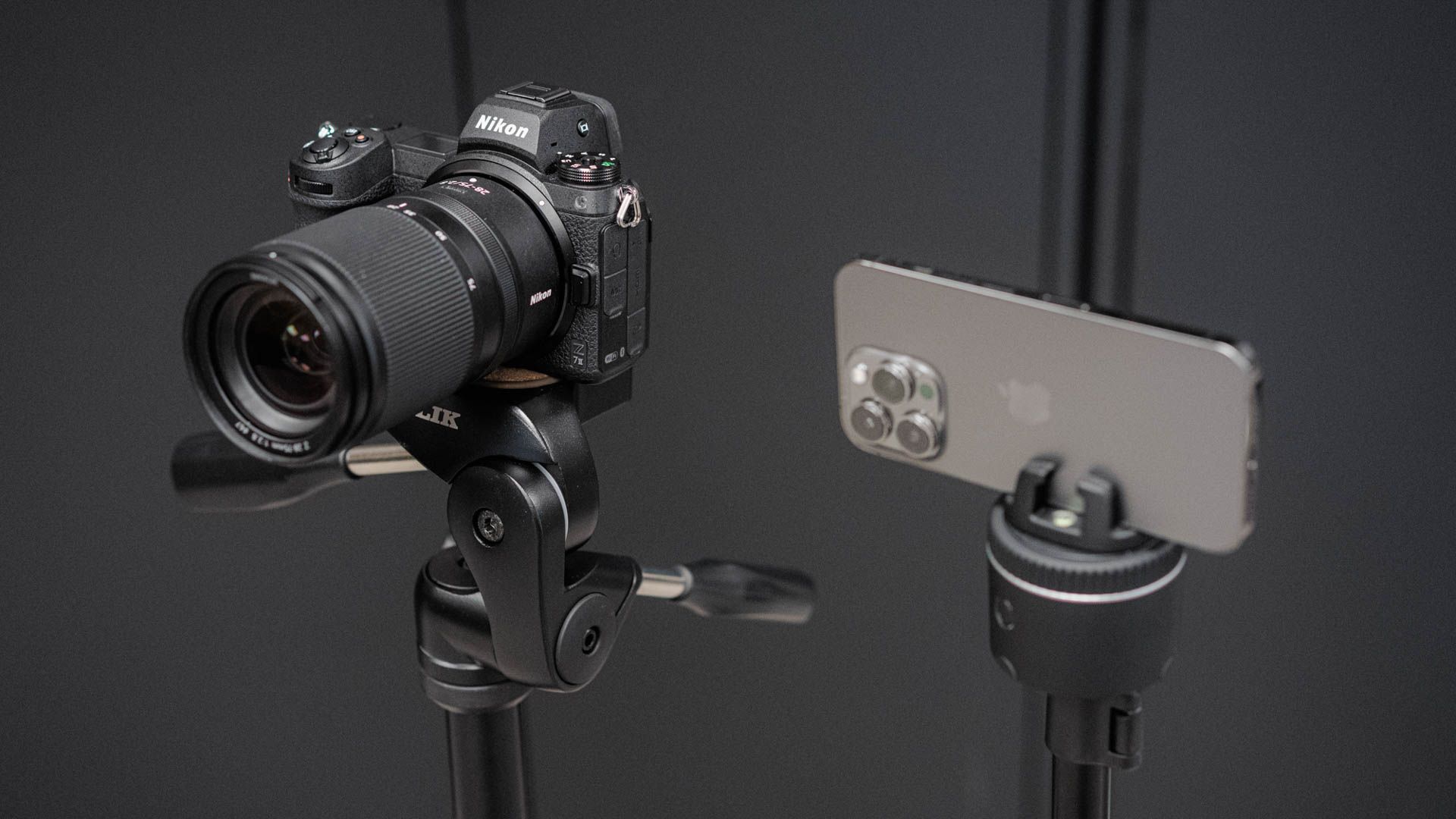Quick Links
Key Takeaways
- AVIF is an image file format that uses AV1 compression, offering better image quality and smaller file sizes compared to JPEG.
- AVIF supports both still and animated images, high dynamic range (HDR) and standard dynamic range (SDR) content, and various color spaces and depths.
- AVIF support has been integrated into popular browsers like Chrome and Firefox, as well as software applications and operating systems, but it is still not widely supported by all platforms and messaging apps.
Move over JPEG, there's a new image file format in town that wants to be king. Powered by the latest media compression techniques, AVIF is finding its way into browsers, software, and operating systems. So what is it, and do you need to do anything?
What is AVIF?
AVIF is an image file format developed by the Alliance for Open Media that can be used by anyone. It can store both still and animated images with the ".avif" file extension, using lossless or lossy compression.
AVIF stands for AV1 Image File Format on account of its use of AV1 compression. It is widely seen as a replacement for HEIC (High-Efficiency Image Container), which uses HEVC (High-Efficiency Video Coding) instead of the newer AV1.
In case you're confused: AV1 compression will eventually replace the older HEVC standard. Since the old HEIC container relies on HEVC, AVIF has been introduced as a new image format that makes use of newer AV1 compression.
What Is AVIF Used For?
AVIF supports both high dynamic range (HDR) and standard dynamic range (SDR) content, including the commonly-used sRGB and BT.2020 color spaces. It supports color depths of 8, 10, and 12-bits, film grain preservation, transparency like PNG images, and animations just like the GIF format.
The new image format boasts better image quality than JPEG and smaller file sizes, with fewer compression artifacts and less image blocking. What does all that mean? It is hoped that AVIF can help save data both for content consumers and the web hosts serving up content.
AVIF support has already made it into Google Chrome (version 85), Mozilla Firefox (version 93), and updated versions of the WebKit engine that powers Safari.
A lot of other software already supports AVIF, including image viewers like XnView, media player VLC, Paint.NET, and Adobe Illustrator, and operating systems including Windows 10 and higher, Android 12 and higher, and many Linux distributions.
How to Get AVIF Support on Windows
Windows 10 and Windows 11 both support AVIF image previews in File Explorer and viewing AVIF with the photos app, but only if you download the AV1 codecs first. Without them, you'll just see generic placeholder icons.
To install the AV1 codec on Windows, open up the Microsoft Store, search "av1," and click the "AV1 Video Extension" result. Alternatively, click this direct link to the AV1 codec.
Click "Get" in the upper-right hand corner to install the codecs. Our example image says "Open" because we'd installed them previously.
Close any open instances of the Photos app or File Explorer, and when you reopen them, you'll find that they fully support AVIF images now. Other applications may also use the newly installed AV1 codec behind the scenes as well.
 AVIF Support is Still Very Mixed
AVIF Support is Still Very Mixed
AVIF has gradually seen an increase in popularity over the past few years, though it is still fairly uncommon. There are no current plans to transition your smartphone's images to AVIF (at present) as there were with HEIC/HEVC. Unfortunately, many apps — including major messaging apps like WhatsApp and Discord — still don't support the format.
You can test out the new format and convert images at avif.io, though you'll need an AV1-compatible browser. If you absolutely love reading about file formats and compressions then check out our common image file format comparison, an explainer on Google's WebP, and learn why HEVC (H.265) is so important for modern web video.
